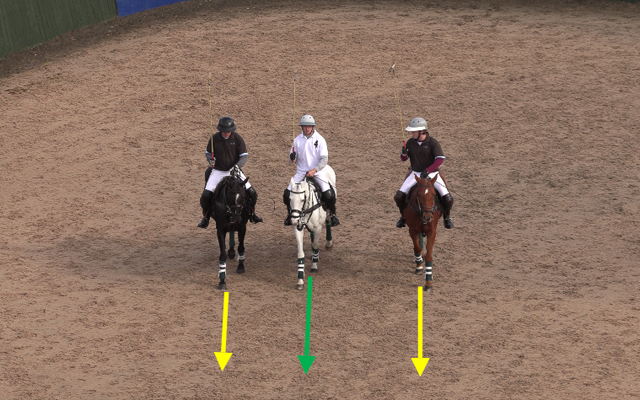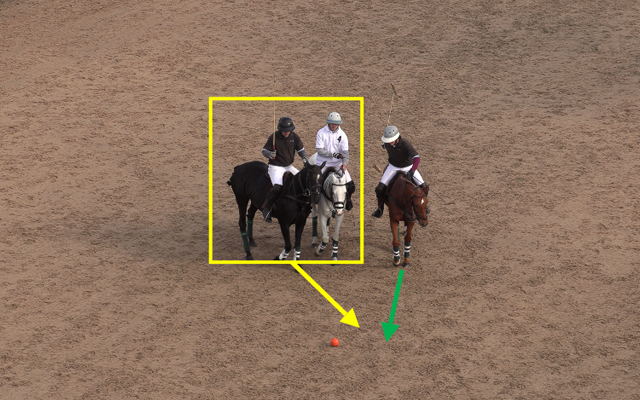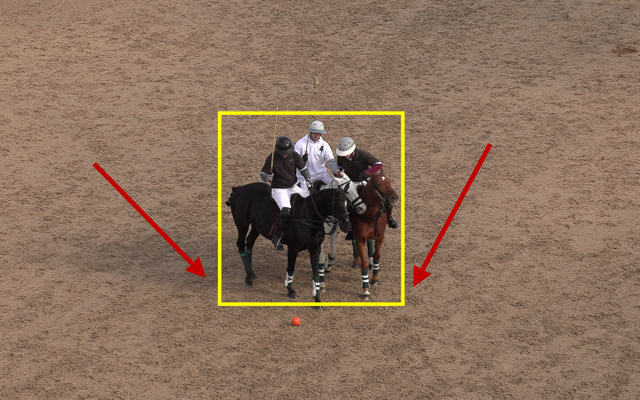


Evaluating the Sandwich Rule
The ride-off is a fundamental play in polo and occurs frequently throughout a game both on the ball and away from the ball. The Sandwich rule is in place to avoid a dangerous situation where an opposing player is pushed into another player and causes a collision. It is key in any play that a player can safely exit or pull out of that play when the risk of danger or a collision increases. In the case of a Sandwich, the player that gets ridden off is suddenly stuck in the middle between two players and has limited motion along with being unable to avoid contact. Some key takeaway messages to learn and avoid committing a Sandwich foul are:
Our Polo experts deliver innovative content for us which encompasses tactical gameplay, physical and mental preparation, equine care, horsemanship, and much more.
Here are some sample courses for you to grab
Our team of polo experts provides valuable insights on tactical gameplay, training techniques, equine care, horsemanship, and much more to inspire and educate enthusiasts.
Here is a sneek peak of what you get through subscription
Our articles offer in-depth game insights, enriched with statistical data from polo tournaments around the globe. Dive into stories about your favorite players and teams and stay informed with our expert coverage. Here are some free articles just for you.
Explore our articles for in-depth insights into the game of polo, complete with statistical data from tournaments worldwide. Discover captivating stories about your favorite players and teams, and stay updated with expert coverage. Enjoy these free articles curated just for you!
Join our exclusive player program and embark on an unforgettable journey to Argentina, where you'll have the chance to play, learn, and grow. We handle all your travel and safety arrangements, so you can focus on the experience. Register your interest today, or schedule a call or meeting with us for more details!
Start your learning journey today! Choose a plan that fits your goals and unlock your potential with our comprehensive e-learning platform.